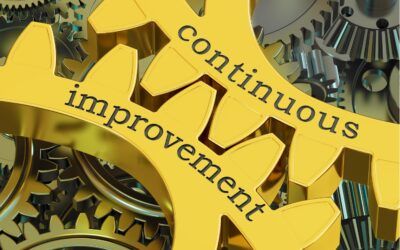Recent events surrounding COVID-19 have forced employers to allow their employees to work remotely to stay safe. As employers are able to open their doors back up to employees, it will be important to consider what the transition back will look like. Proactively planning that journey starts now.
The workplace is changing, and more people are expecting more flexibility. It is likely that not all employees will transition back to the office after being exposed to remote work opportunities. According to Gartner, 64% of today’s professionals say they could work from anywhere, which means organizations will have to evaluate whether they can or should turn this unintended benefit of circumstances into a permanent benefit for employees. Research from the International Workplace Group indicates that 80% of U.S. employees would turn down a job that didn’t offer some level of flexible work. Just because it hasn’t been an issue yet for you, doesn’t mean it isn’t coming.
The change to remote workplaces is accelerating. In the last 12 years, remote work is up by 159%. Looking at the last 5 years, remote is up by 44%. Going forward, predictions indicate remote work will increase by another 30% as Gen Z fully enters the workforce. With the inevitable acceleration, now could be a good time for companies to act not only to benefit their employees but also themselves. Gartner predicts that in the next few years 30% of an organization’s greatest competitive advantage will come from exploiting emerging technologies (AI, IIoT, Analytics). These technologies will enable remote work where it may not have been possible in the past, and staying competitive may even require the organization to adapt to these new cost structures.
It’s also changing the ability to acquire talent. In fact, a recent study shows flexible working is so important that 35% of people would prioritize it over having a more prestigious role. That same study also revealed that 71% of people heavily weigh their choice of work environment when evaluating new career opportunities. Looking globally, the US lagged countries like China, India, and Mexico and is below the global average for the share of business people working remotely 2.5 days a week or more in 2017. As companies become increasingly global, maintaining a non-flexible environment could also have negative implications for organizations as they compete for talent.
Looking specifically at manufacturing, remote usage has been increasing over the past 10 years and this event will only fuel the acceleration of that trend. Data from the Bureau of Labor Statistics indicated that 30% of employees in the manufacturing sector could work from home in 2017-2018. As automation and technology platforms expand and create a connected enterprise within operations, trends indicate manufacturing will follow suit in the shift to remote work.
So the question as you consider your “go back” strategy may be less about how people will deal with going back, and more about what you can keep from the transitions you have made. Talking to your team about what they like and don’t like, and speaking to other departments about what areas continue to be a communication struggle as they work remotely, are good places to start. Using this social distancing time to start to foster what works and what doesn’t will help you plan the next steps and ensure you are prepared for the continued trajectory of the requirements of your talent in the future.


